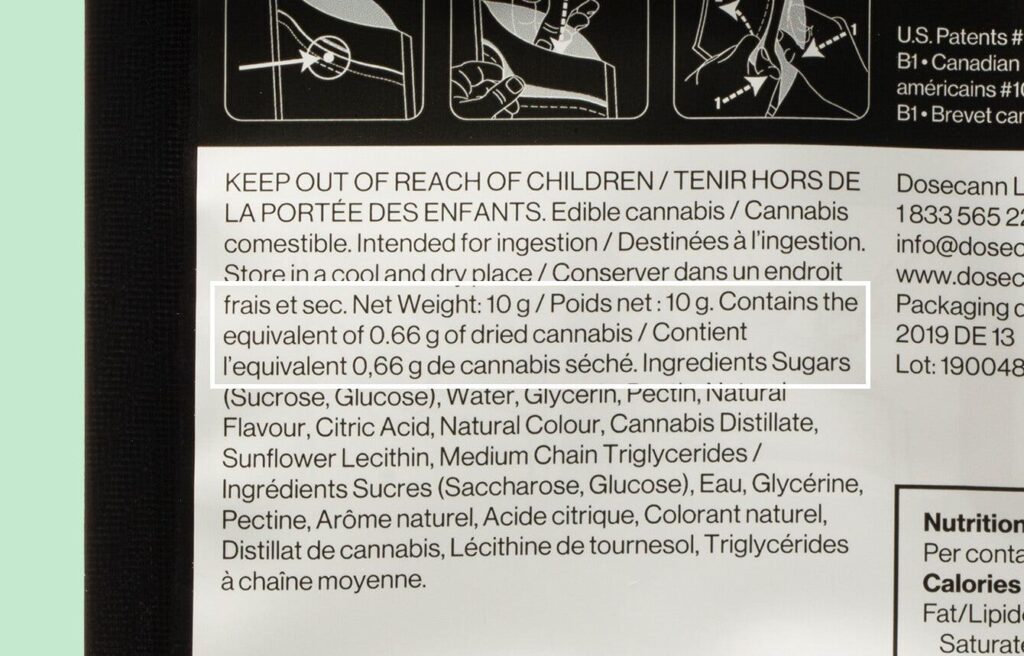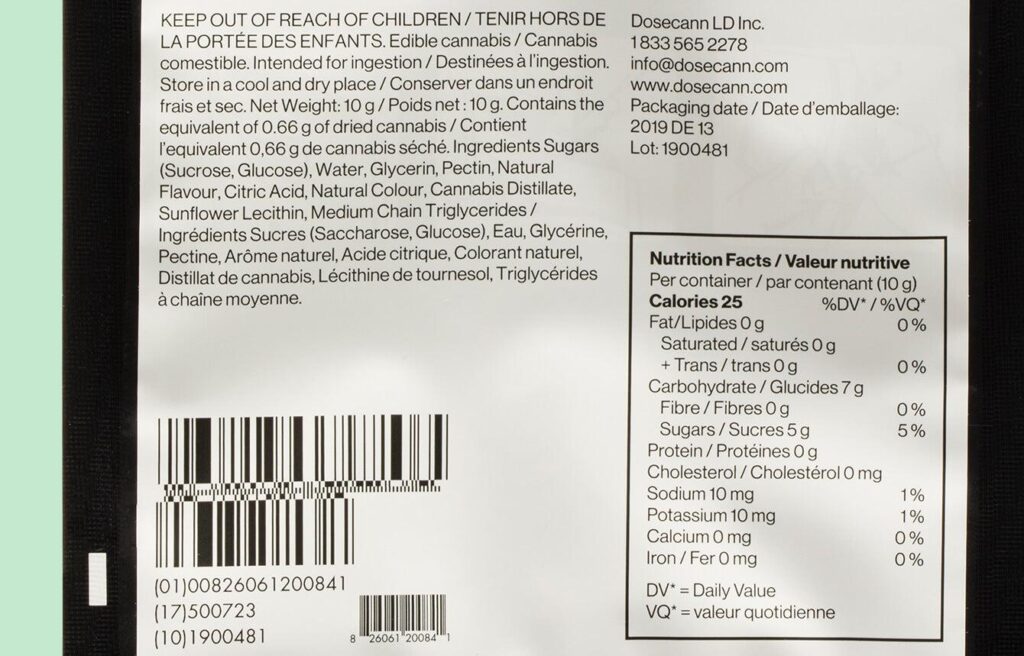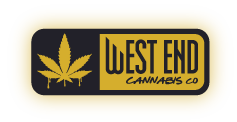A Guide to Understanding What's on the Label
Understanding how to read a cannabis product label is an essential skill for anyone looking to purchase cannabis products. Not only can it help you make informed decisions about what you’re buying, but it can also ensure you’re using it safely and responsibly. In this article, we’ll break down the various components of a cannabis product label and what they mean.
Product Type and Brand
The product name and brand are usually displayed prominently at the top of the label. The name will typically give you an indication of the strain or type of cannabis used in the product, while the brand represents the company that produces it.
The label of a cannabis product provides information on its category, which could be dried or fresh cannabis, extract, topical, edible, plant, or seed. It also specifies the particular cannabis species used in the product, such as indica, sativa, or hybrid, each with distinct characteristics. Furthermore, some labels may mention the cultivar name given by the Licensed Producer for the plant used.

THC and CBD Content
The next thing you’ll want to look for is the THC and CBD content. These are the two primary active compounds found in cannabis, and they can have a significant impact on your experience. THC is the psychoactive compound that produces the “high” associated with cannabis use, while CBD is non-psychoactive and is thought to have a range of potential health benefits.
The THC and CBD content are usually listed as a percentage of the total weight of the product. For example, a product with 15% THC and 1% CBD would contain 15 milligrams of THC and 1 milligram of CBD for every 100 milligrams of the product.

Cannabinoid Information
Every product label must display the amount of THC and CBD, which are the two primary cannabinoids responsible for the effects of cannabis. To help consumers make informed decisions, the amounts are presented in two ways.
It’s essential to note that cannabinoids become active only when heated above 150 degrees Celsius, a process known as decarboxylation. In its natural form, cannabis contains a low level of active cannabinoids. However, when cannabis undergoes decarboxylation through heating or processing, its cannabinoid levels increase.
On the product label, the first set of numbers labeled as “THC” and “CBD” denotes the active cannabinoid levels present in the cannabis at the time of purchase. Since dried cannabis has not been heated yet, it has a lower level of active cannabinoids.
The second set of numbers is labeled as “Total THC” and “Total CBD,” representing the active cannabinoid levels in the cannabis when it is ready for consumption. The second number for dried flower will be higher because THC and CBD levels increase when it’s heated. However, for processed products such as oils and capsules, the first and second numbers will be the same since these products have already undergone decarboxylation.
For extracts in packaging that dispenses a specific amount, the label will show “Total THC per activation” and “Total CBD per activation,” indicating the amount in each dispensation.
Additional Cannabinoids and Terpenes
In addition to THC and CBD, cannabis contains many other cannabinoids and terpenes that can also affect the overall experience. Some products may list these additional compounds on the label, along with their respective percentages.
Packaging and Expiry Dates
According to Health Canada regulations, the date that cannabis was packaged – not harvested – must be listed on the label. The packaging date indicates when the final product was sealed in its packaging. While expiry dates, which indicate the stability of the product’s potency, are not mandatory, some producers include them while others do not.
For some edibles, a durable life date, also known as the “best before” date, must be listed if the quality of the product will deteriorate within 90 days of manufacturing. It’s important to note that this date does not indicate that the product is expired or unsafe to consume after that date, but rather its potency, texture, flavour, or freshness may have declined. It’s also important to remember that once the package of any edible is opened, the shelf life of the product will change.

Weight Variance and Measurement Units
Although the weight of a cannabis product indicated on the label appears straightforward, it’s important to note that Health Canada permits slight weight deviations for dried flower. For products weighing less than two grams, the permitted variance is up to 10%, while for those weighing two grams or more, the variance is up to 5%. Therefore, you may observe a slight variation in the actual weight of the product compared to what is listed on the label if you weigh it straight out of the packaging. It’s worth noting that all products, except infused beverages, are labeled by weight. Infused beverages are identified by volume.

Consumption Instructions
It’s important to read the consumption instructions carefully to ensure you use the product safely and effectively. Depending on the product, you may be directed to inhale, swallow, or apply it topically.
It’s also essential to pay attention to the recommended dosage and start with a low amount, especially if you’re new to cannabis use. Overconsumption can lead to unwanted side effects, including anxiety, paranoia, and nausea.

Licensed Producer and Lot Number
Cannabis products are required to display the licensed producer’s name and contact information on their label, providing consumers with a way to get in touch if necessary.
In addition, every product comes with a unique lot number that corresponds to a specific harvest or batch of products. This lot number helps to trace the product back to the producer’s quality control processes. So, be sure to take note of the lot number when making any inquiries about a product.

Legal Possession Limits and Equivalencies
Cannabis extracts, edibles, and topicals are required to display the statement “Contains the equivalent of 0.66 g of dried cannabis” (with 0.66 referring to the equivalent quantity). This information is important because Canadian law permits consumers to legally possess up to 30 grams of dried cannabis or an equivalent amount, such as 450 grams of edibles.

Allergens, Ingredients, and Nutrition Facts
The packaging of edibles, topicals, and extracts must list all the ingredients contained in the product. Similar to packaged food items in a grocery store, edibles are required to display a nutrition facts table, which includes details such as calories, fat, fiber, sugar, protein, and sodium. Additionally, edibles must indicate any allergens present, such as gluten and added sulphites. Extracts also list allergens.

Testing Information
Finally, many cannabis products undergo testing to ensure they meet certain quality and safety standards. Look for testing information on the label, including the name of the lab that conducted the testing and the date of the test. Some labels may also include information on the levels of contaminants such as pesticides, heavy metals, and residual solvents.
In conclusion, interpreting a cannabis product label may seem daunting at first, but it’s an essential skill to develop. By understanding what the various components of a label mean, you can make informed decisions about what you’re buying and ensure you’re using it safely and responsibly. Remember to always start with a low dose and pay attention to any potential side effects, and if you have any questions or concerns, don’t hesitate to ask a knowledgeable cannabis retailer or healthcare professional.
Visit West End Cannabis Store for a wide selection of quality cannabis products in Vermilion Bay. Our knowledgeable staff can help guide you through the purchasing process and answer any questions you may have. We take pride in providing exceptional customer service and are dedicated to promoting responsible cannabis use.
At West End Cannabis, we offer a range of dried cannabis, edibles, extracts, and topicals to suit your needs. We also carry accessories such as vaporizers, grinders, and rolling papers.
Stop by our store or visit our website to browse our selection and learn more about our products and services. With a commitment to quality and customer satisfaction, West End Cannabis is your one-stop-shop for all your cannabis needs in Vermilion Bay.
